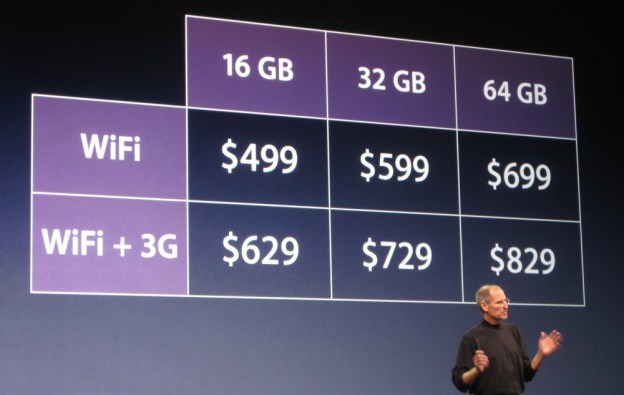
Some years back, tech pundits used to throw out the words “Apple tax” when describing Apple’s products. Macs were often much more expensive than Windows-based machines, but people would pay more for what they considered an exemplary product. In the last decade, things have changed. Now, Apple’s MacBook Air, iPad, iPod Touch, and iPhone are all leading devices in terms of price. They aren’t the least expensive, but they definitely aren’t on the high end of the spectrum anymore. In fact, many manufacturers are having an incredibly difficult time beating Apple on price these days. This is because the company makes very strategic component purchases for its new products, buying up key supplies for new devices and locking in low prices on different ends of the supply chain.
The NY Times has an interesting article about Apple’s methods of lowering prices, which have long been headed up by new CEO Tim Cook. The article goes over the change in philosophy at Apple over the last decade and how its pricing has changed in the last decade. The benefit is clear, by containing costs through supply chain manipulation and attention to detail, it can produce premium products for mass market prices, opening up Apple products to millions of possible new consumers.
For example, did you know that before the iPad was announced, Apple purchased more than $4 billion in screens for the iPad? It bought up a majority of the world’s capacity to produce the screens. When the iPad took off, this left the rest of the industry to scramble and compete with one another for the remaining screens available so they could produce competing tablets. This may be one of the reasons why most manufacturers opted for 7-inch and 10.1-inch screens instead of the proven 9.7-inch screen size of the iPad. Only HP chose to go with a 9.7-inch screen with its ill-fated TouchPad.
It’s almost certain that Apple’s lower prices have helped it make its remarkable resurgence. Oddly, by meeting consumers halfway, Apple has also forced a lot of competing manufacturers to up the quality of their products to use better, sturdier materials, more efficient production methods, and cleaner design.
Update: A few sentences added for clarity.


